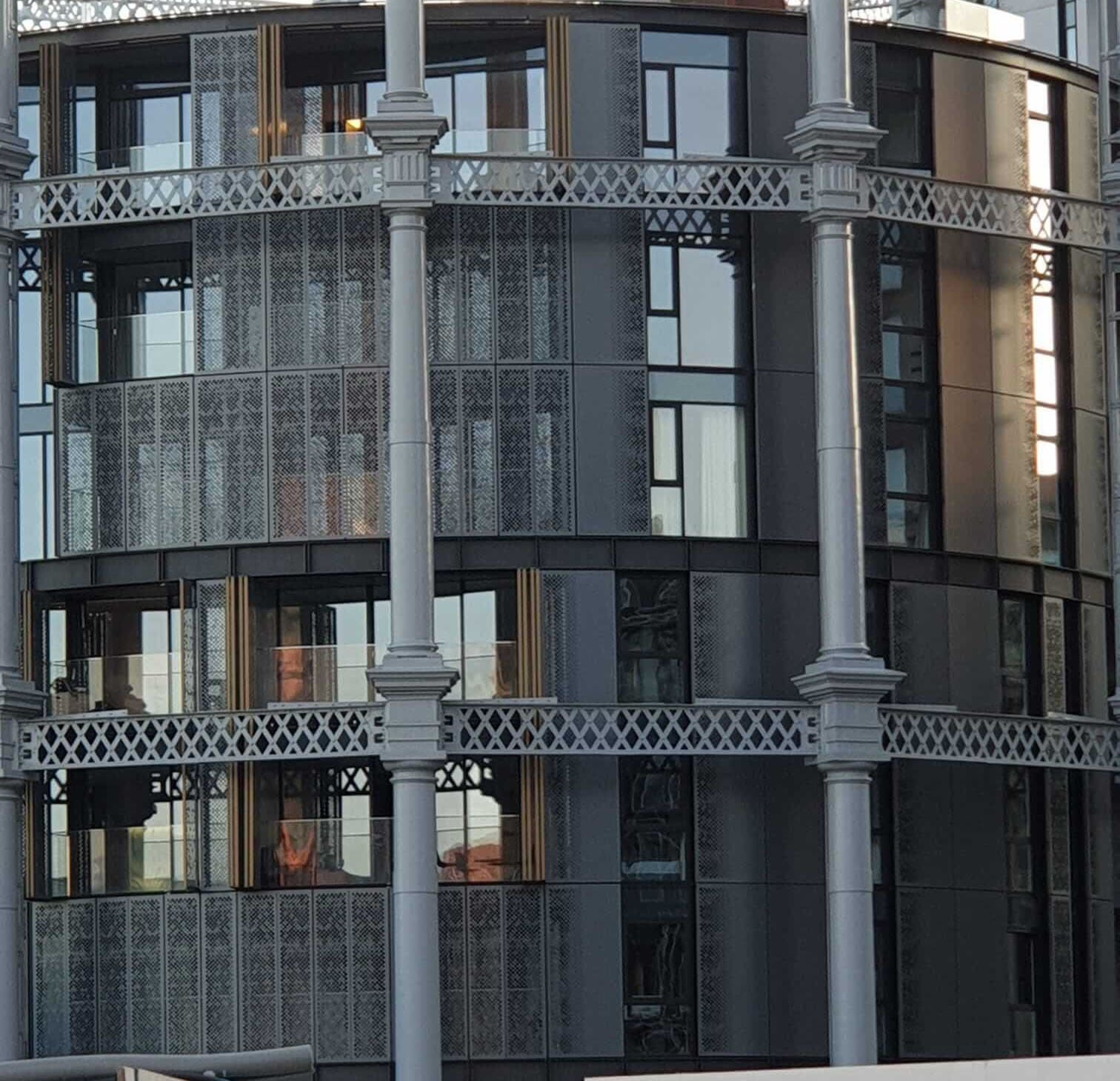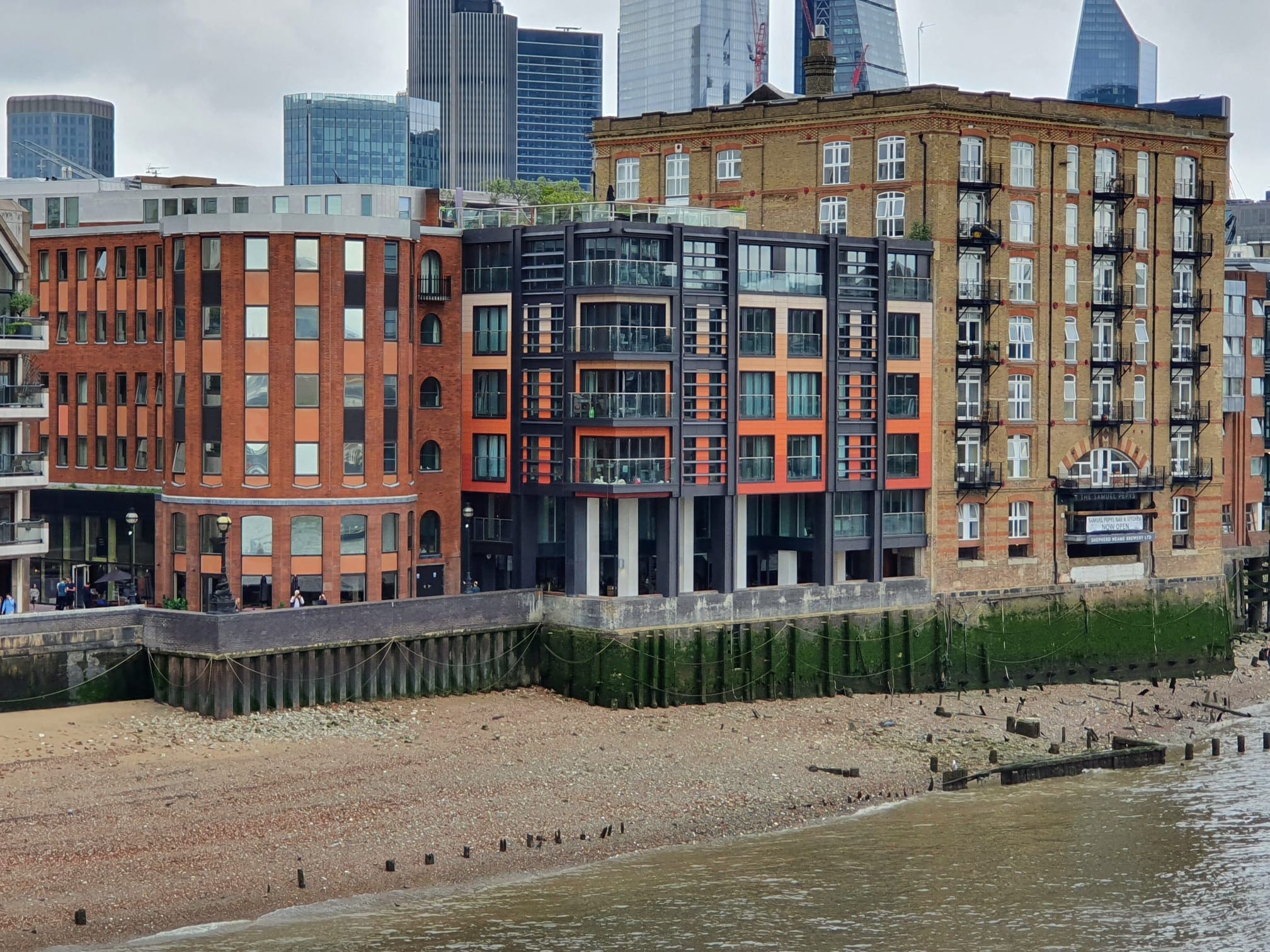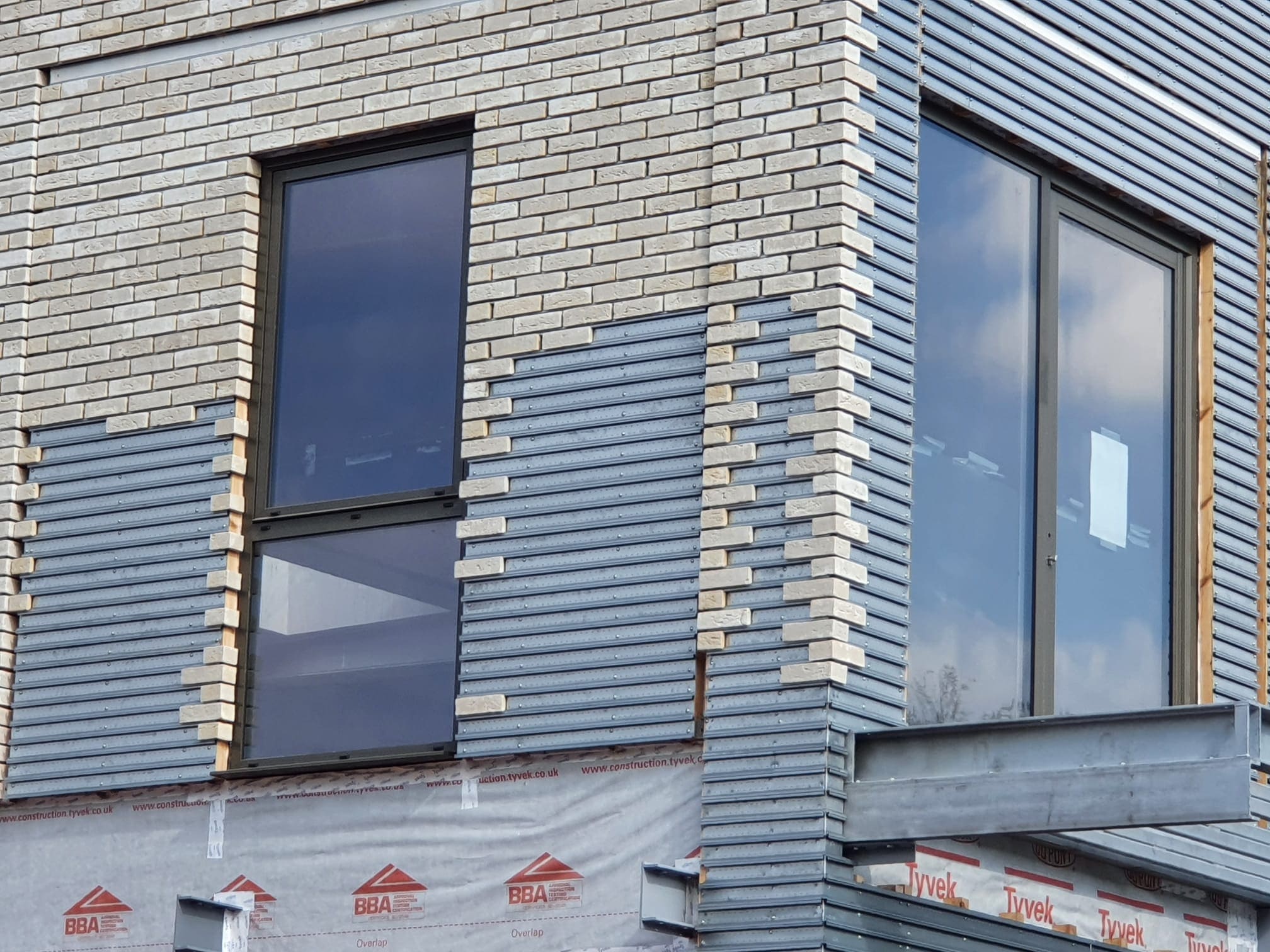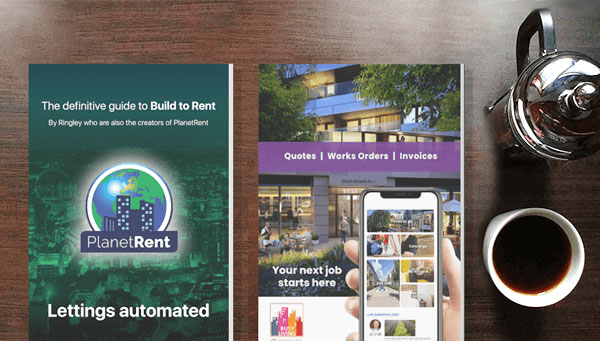05/11/2012
by: Mary-Anne Bowring

Understanding the Problem: Blocked or Leaking Toilet
A leaking or blocked toilet can be a frustrating issue, particularly in residential blocks. Whether it’s a blocked toilet causing slow drainage or a leaking inlet pipe affecting your cistern, these problems often require attention. It's important to identify the type of blockage or leak to address it efficiently.
Common Causes of Toilet Blockages
Blockages can occur in different parts of the toilet system. These may include the pan, U-bend, outlet pipe, or even the drain and drainage inspection chamber outside. Identifying the specific cause can help narrow down the source of the problem, whether it’s in the toilet itself or the larger drainage system.
Identifying and Diagnosing Toilet Leaks
Leaking toilets can stem from various areas, such as the water inlet pipe, the flange joint, or the outlet pipe. Early signs include water rising in the pan or slow drainage. Intermittent leaks can lead to water damage, mold, and even dry rot, which can spread rapidly if untreated.
What to Consider When Solving the Problem
Before jumping into repairs, consider factors like the location of the leak or blockage and whether it affects other flats in the building. It's also crucial to determine the source of the problem, whether it’s a pipe within your flat or part of the communal drainage system. These details can guide your next steps.
Who Is Responsible for Toilet Repairs?
Determining responsibility for repairs depends on the cause of the issue. Commonly, service charge responsibilities cover communal pipes or drainage channels, while repairs to pipes within individual flats are the responsibility of the owner. For external soil pipes, if more than one dwelling is connected, the service charge usually covers the repairs.
Helpful Resources for Leaseholders
Managing toilet blockages and leaks is just one of the many issues covered by Leaseholder Support. They offer over 130 free fact sheets, step-by-step guides, and online tools to help you manage common challenges in residential blocks. For more information, visit www.leaseholdersupport.co.uk.
Managing toilet blockages and leaks is just one of the many issues covered by Leaseholder Support. They offer over 130 free fact sheets, step-by-step guides, and online tools to help you manage common challenges in residential blocks. For more information, visit www.leaseholdersupport.co.uk.
 4391
4391











Keep up to date
(Weekly, fortnightly or monthly)
To find out more what we do with your data, please read our Privacy Policy

 0
0













